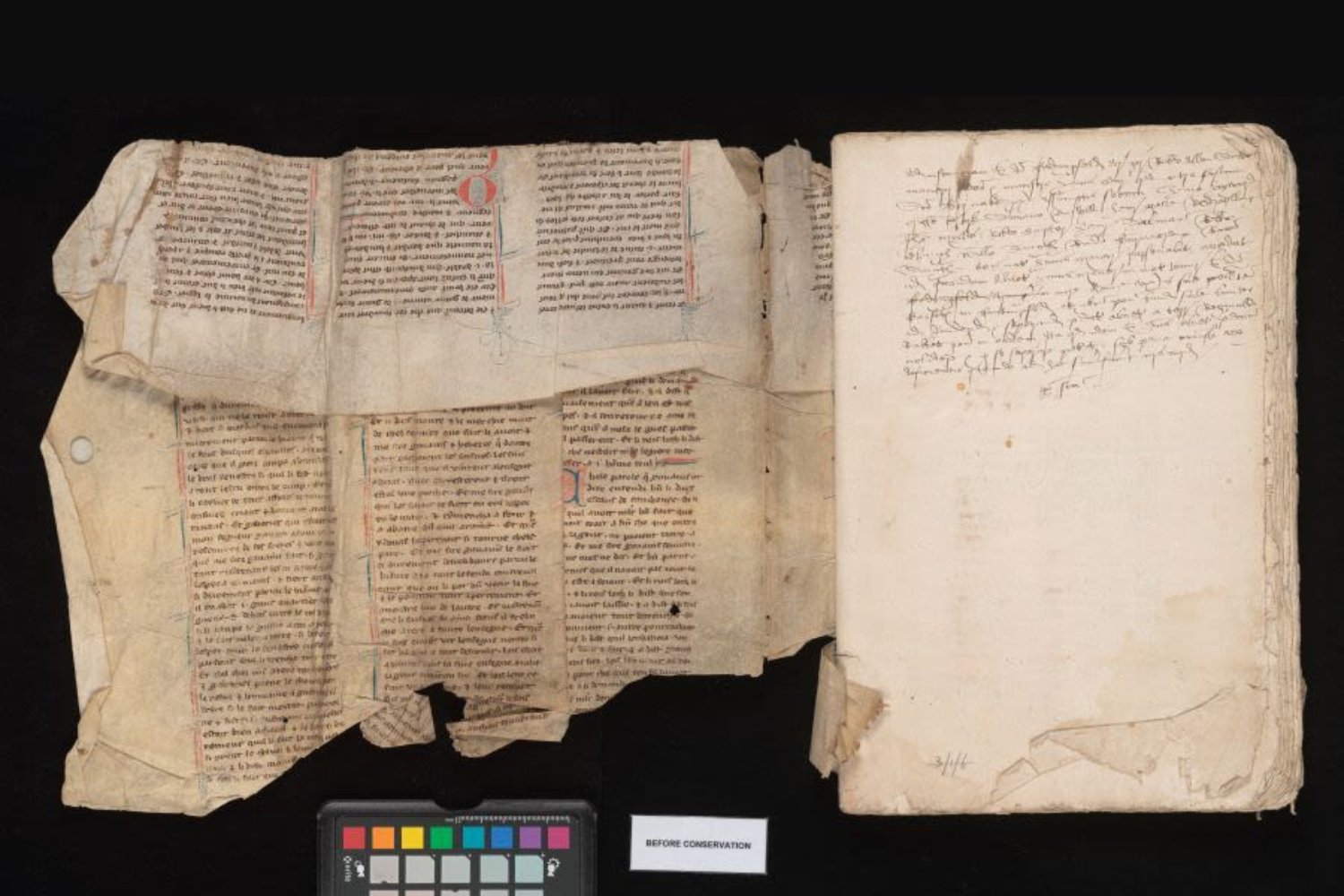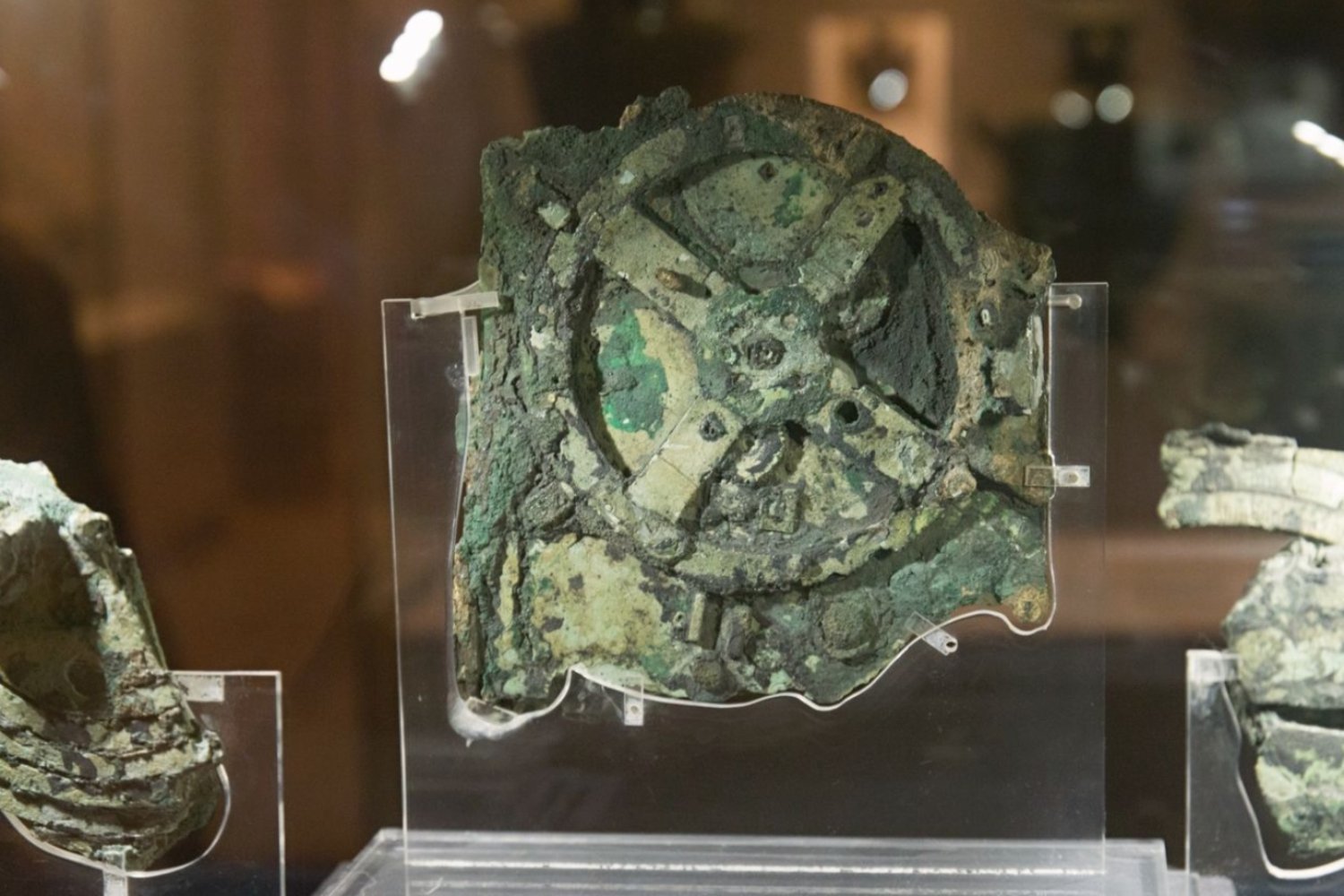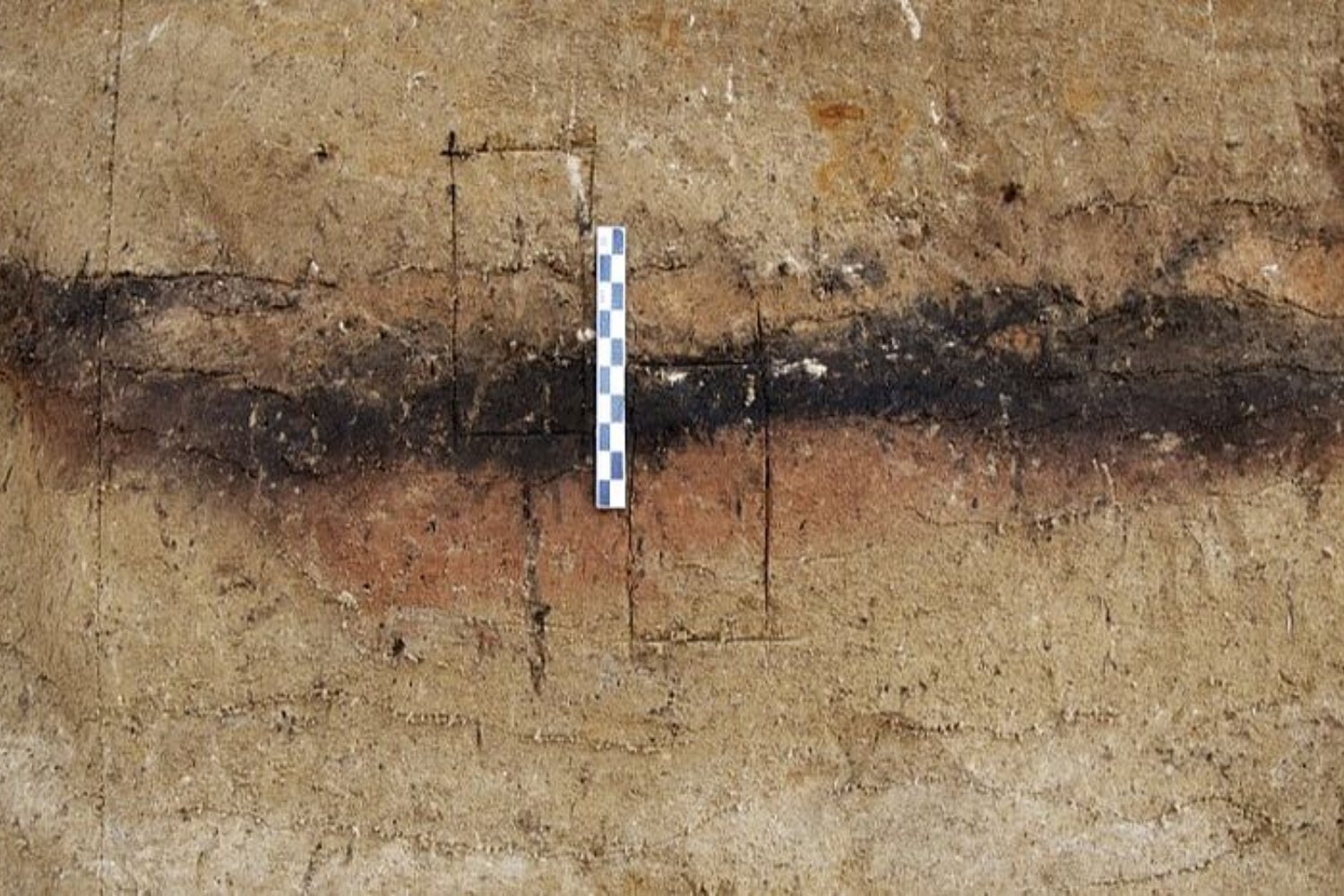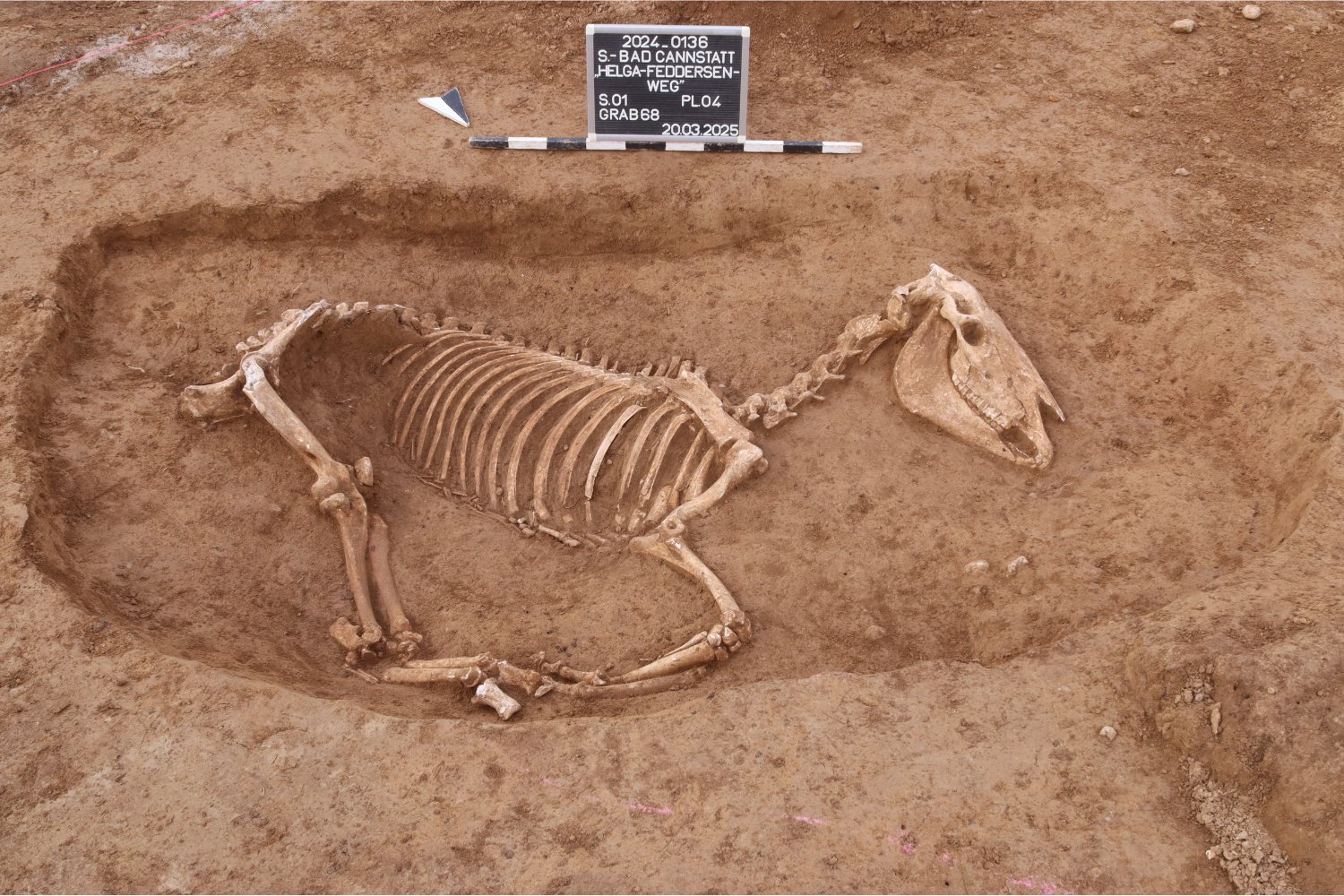A remarkable discovery at Cambridge University Library in 2019 brought to light a rare, 750-year-old fragment detailing the legends of King Arthur. Hidden within the binding of a 16th-century property record, the fragile manuscript was virtually impossible to study without risking damage to both the fragment and the book. However, an innovative approach by Cambridge University scholars allowed them to access the text without causing any harm.
Utilizing a combination of traditional and cutting-edge imaging techniques, the interdisciplinary team created a digital replica of the binding. This allowed them to virtually “unfold” the medieval text, revealing its secrets without physical manipulation. The process included the use of mirrors, magnets, and prisms, alongside advanced photographic techniques to enhance the text’s readability and generate a detailed 3D model of the artifact. This innovative approach, as described in a university statement, not only provided access to the ancient text but also preserved the 16th-century binding, a historical artifact in its own right. Hundreds of individual images were meticulously pieced together, creating a digital version of the cover that researchers can now explore.
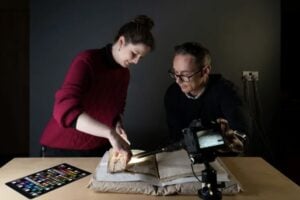 Researchers examining the digital reconstruction of the manuscript fragment.
Researchers examining the digital reconstruction of the manuscript fragment.
A Medieval Treasure Revealed
Initially believed to be a 14th-century tale about Sir Gawain, closer examination revealed the fragment to be part of the Old French Vulgate Merlin sequel, a significant Arthurian text. This discovery highlights the importance of non-destructive methods in preserving historical artifacts while allowing access to their contents. As Irène Fabry-Tehranchi, a French Specialist at Cambridge University Library involved in the project, explained, “If this had been done 30 years ago, the fragment might have been cut, unfolded, and flattened. But today, preserving it in situ gives us a crucial insight into 16th-century archival practices, as well as access to the medieval story itself.”
The Arthurian legends, encompassing figures like King Arthur, Queen Guinevere, Sir Lancelot, and Merlin, have captivated audiences for centuries. The Vulgate Cycle, also known as the Lancelot-Grail Cycle, is a prominent version of these tales written in Old French.
The Suite Vulgate du Merlin
The Suite Vulgate du Merlin, from which the Cambridge fragment originates, details events following King Arthur’s coronation. One passage describes the Christian victory over the Saxons at the Battle of Cambénic, featuring the knight Gawain and his sword Excalibur. Another depicts a disguised Merlin appearing at King Arthur’s court during the Feast of the Assumption of the Virgin Mary:
While they were rejoicing in the feast, and Kay the seneschal brought the first dish to King Arthur and Queen Guinevere, there arrived the most handsome man ever seen in Christian lands. He was wearing a silk tunic girded by a silk harness woven with gold and precious stones which glittered with such brightness that it illuminated the whole room.
 Researchers photographing the inside of the book cover.
Researchers photographing the inside of the book cover.
Fewer than 40 copies of the Suite Vulgate du Merlin are known to exist, each a unique version due to the practice of hand-copying by medieval scribes. The Cambridge fragment, with its distinctive red and blue initials, is estimated to have been written between 1275 and 1315.
A Model for Future Preservation
Beyond the rediscovery of this specific text, the project developed a methodology applicable to other manuscripts. “Libraries and archives around the world face similar challenges with fragile fragments embedded in bindings,” Fabry-Tehranchi noted, “and our approach provides a model for non-invasive access and study.”
This discovery underscores the enduring power of historical texts and the importance of innovative preservation techniques. Even after 750 years, a hidden fragment can resurface, offering valuable insights into the past and inspiring new methods for future research.



